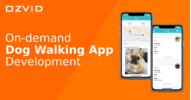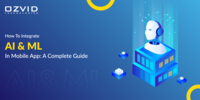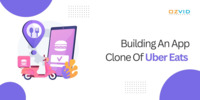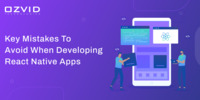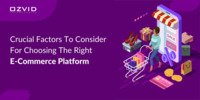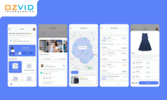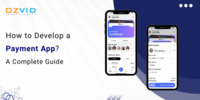- Jul 31, 2018
- Mobile App Development
- 25564
Share this post on:
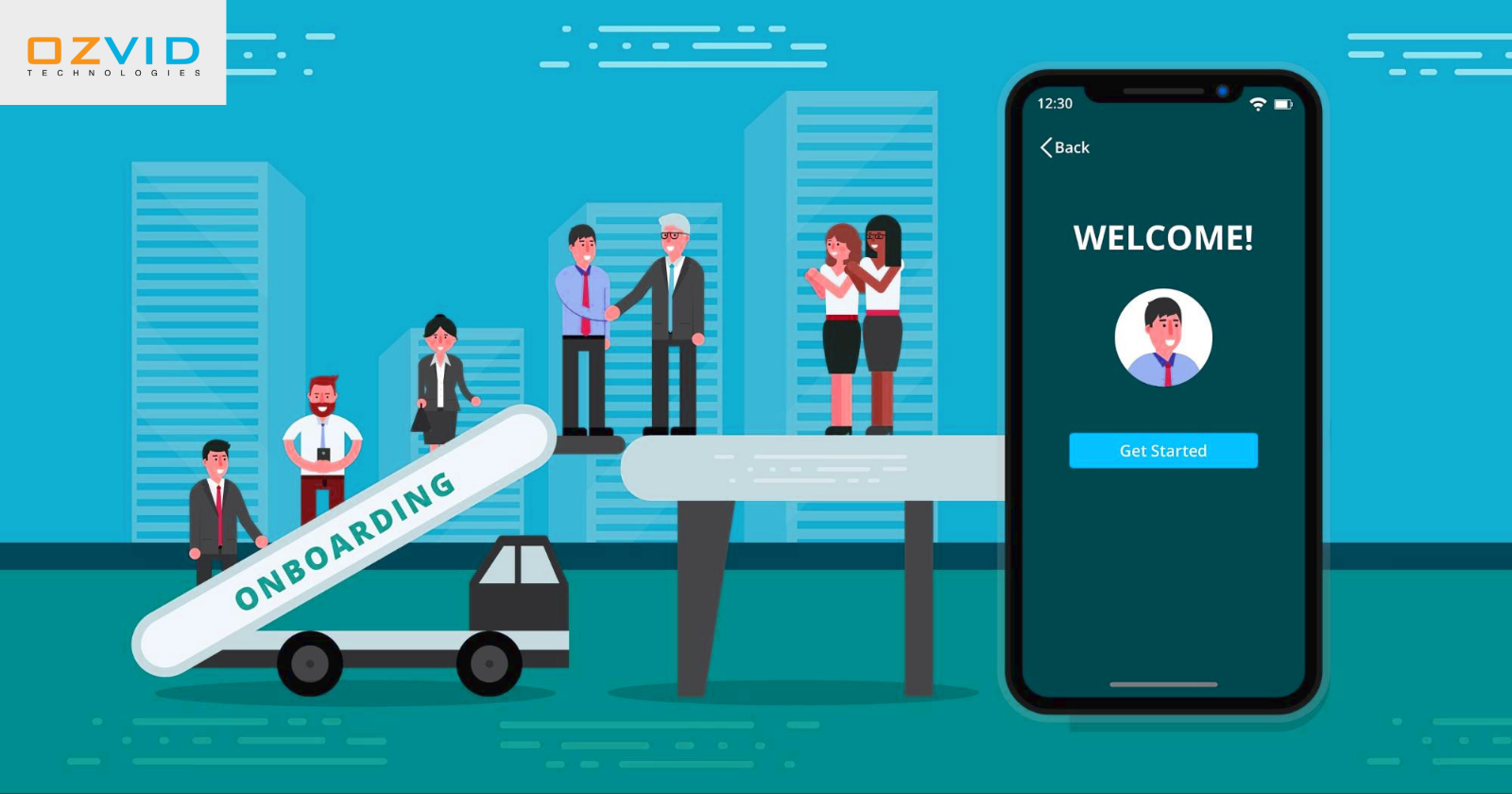
In the past, UX was about a delicate and intuitive design. However, as we dive deeper, we find an ever increasing number of factors affecting the user's experience with a product. It is much more than a beautiful interface now. The extent of UX grows gradually covering such aspects as web content and formatting, customer service, as well as the overall value of a product. So when we talk about great UX, we imagine a happy and satisfied customer whatever it takes.
And, how do we make customers happy? By solving their problems in the best way possible. One of these ways is user onboarding. It is a set of activities to help turn first-time visitors into active users. It is an ongoing procedure and not a feature that you can introduce once and then forget about it. It is basically the first experience with a product which ends up being so great that you want to utilize it again.
So great user onboarding flow is not limited to some intuitive interface and cute walkthroughs, cause that is not what solves the user's problem.
Designing a Good User Onboarding Flow for Mobile Apps
First of all, let's agree that the user onboarding process varies depending on the product type. For instance, if you are designing onboarding experience for a SaaS, it is totally not the same as what you would make for a mobile application. You need to always remember who you design for and what objectives you are trying to accomplish with user onboarding. What is it that makes some users stay with an application while others open it once and then delete it?
If a user downloads the application and then abandons, it implies your application was not convincing enough. So as a starting point for your user onboarding research you can do a few contextual interviews with successful clients to understand what exactly they love about the application, how it takes care of their issues and what more they expect from it. Ideally, user onboarding will help the first time visitor experience the best of your application as soon as possible thus turning him into an active client.
Easier said than done, however, there are a couple of proven techniques that can enable you to design great onboarding flow for a mobile application.
Emails and Push Notifications: Now when you have established an extraordinary first impression, the time has come to retain your precious users. At this point, you can go ahead and utilize email or push notifications to remind the users about the application. However, remember not to be too intrusive. Ensure the alerts and notifications really have value for the user. You can also run email drip campaigns, which are basically pre-written emails that are sent to new users with predefined intervals.
With the help of these messages, you can guide the users through the app, introduce new features and inspire them to get the most out of the app.
Simplify Sign up: To highlight the importance of having no registration forms just ask yourself how much extra time do you have and how much do you appreciate filling out lengthy registration forms? So ideally a good mobile application onboarding is the one without a signup. However, if you do have a registration form, you can still minimize the pain. Do your best to make it as short and comprehensive as possible.
Ask very little and attempt to save client's time by implementing smart defaults, inline validation, completion status bar or any other usability hacks that work for your application.
Interactive Tutorial: An interactive tutorial is an indispensable piece of onboarding as it is a nice way to greet the user, however, you should be careful not to annoy him by teaching things he already knows. So if there is anything in the application interface or features that might confuse the user, it is certainly worth doing a quick walkthrough. However, try to make it quick, easy and effortless. It is all about showing how exactly the application will make the user's life better.
The story should be about the product and not about the interface.
Human Customer Service and Support: It is always good to know that there are real people behind a product, people who are always prepared to help with any issue or question with the app. Caring for your users and making them happy should be your top priority, at least users need to feel that it is. Creating and maintaining good relationships with clients is an essential piece of onboarding. None of your marketing efforts will talk louder than satisfied users.
So try to have a well-trained and empathetic customer support team.
So as you see, good user onboarding requires commitment and a whole lot of effort on daily basis. You have to put these onboarding techniques at the foundation of your application marketing strategy, however, most importantly, you have to offer value to the user no matter what you do. Only then you will have a sound product strategy and ideally your own brand evangelists.

